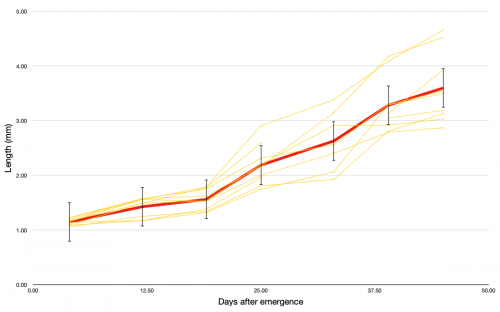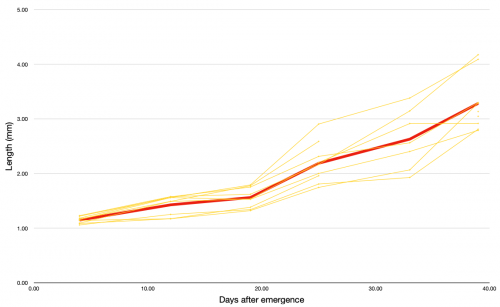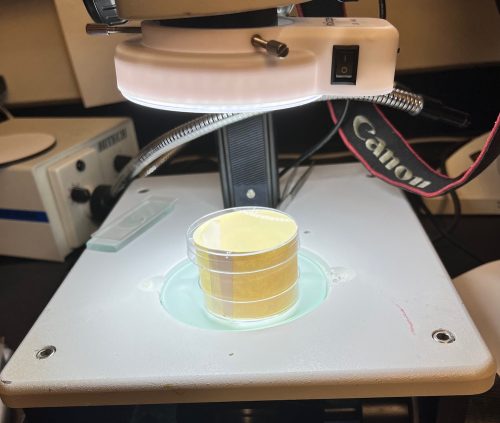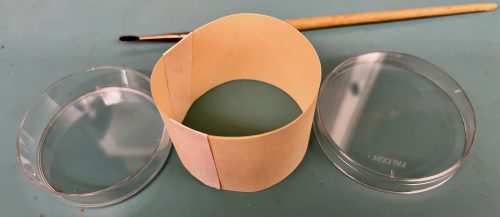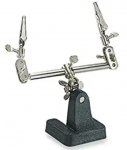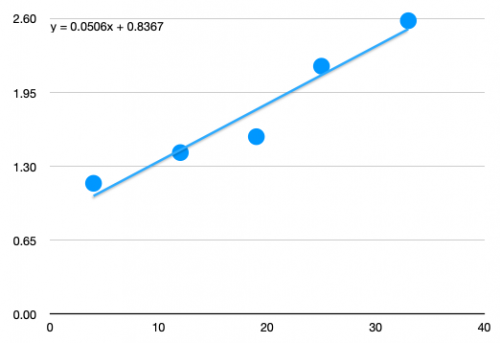The copyright claim on our Ark video has been resolved, in my favor. This means the money comes streaming into my pocket again! That means I have now earned (checks video analytics) … $1.74! Party time!
More significantly, and of much greater interest, the Steatoda triangulosa egg sac I’ve been nursing along has hatched! Babies have been sorted into separate containers and are flourishing in my very crowded incubator.
Their mother laid another egg sac to celebrate. I’ll be collecting baby spiders well into October, and perhaps one of her daughters will grow large enough to start contributing, too.


